In the 1960s, Italian engineer Giorgio Rosa built Rose Island, about 11 km off the coast, so well that even explosives could not sink it.
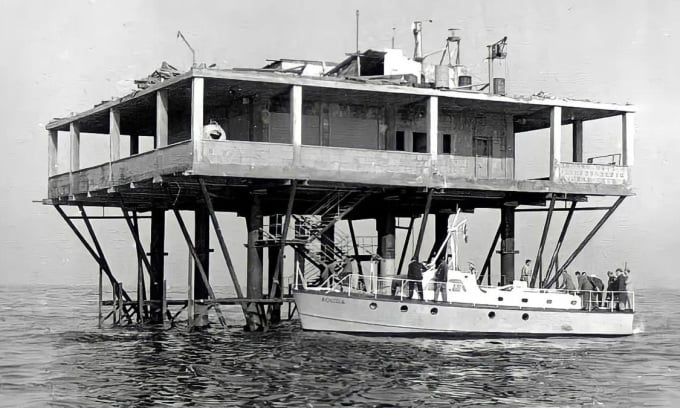
Rose Island off the coast of Rimini, Italy. Photo: Wikimedia Commons/Emilia Romagna Tourism
Giorgio Rosa and a few friends built a 400-square-meter structure in the Adriatic Sea, about 11.6 kilometers off the coast of Rimini, Italy. He named the place the Republic of Rose Island, proclaimed himself president, and declared it an independent country on May 1, 1968. The Republic of Rose Island has Esperanto as its official language, Mill as its official currency, its own postage stamps, and even its own national anthem and flag.
The island quickly attracted many visitors, became famous and is still mentioned today, although it was short-lived. So how did the construction of this structure take place?
Rosa originally designed the island as a five-story platform, strong enough to withstand the challenges of the Adriatic Sea. The area is subject to strong, cold winds, including the Bora wind, which blows from the northeast during the cooler months. These winds often create short, rapidly changing waves, creating rough seas. High waves would also hamper construction and navigation. Additionally, the saltiness of the seawater could corrode the structure’s metal components.
So Rosa had a lot of issues to address if he wanted his island nation to be stable and safe for all its inhabitants. Furthermore, once he had chosen the right materials, he would have to find a way to transport them to the construction site with limited financial resources. This is probably why construction on Rose Island took so long to begin. Even then, weather and sea conditions often interrupted progress, limiting Rosa’s team to an average of about three days a week.
Rosa chose a site about 500 meters from Italian territorial waters. He worked in a simple house on the Rimini pier, conducting research on the area for two years.
Rosa initially planned to create an island by raising the seabed with a sand dredging system, held in place with algae. But he eventually created his own patented lifting column system, which uses nine columns to raise the platform about 8 meters above the seabed.
Given their size and weight, transporting the columns would have been prohibitively expensive. To solve this, Rosa created hollow columns that could be towed to the site by motorboat. Once there, he filled one end of each column with water and lowered them vertically to the seabed. Rosa then placed steel pipes inside the columns. This anchored the columns to the seabed, providing stability and load-bearing capacity. To prevent corrosion, Rosa filled the steel pipes with cement, which also added stability. They would support a 400-square-meter platform made of reinforced concrete (which can weigh up to 2.53 tons per cubic meter).
To facilitate access to the island, Rosa created a mooring point with rubber tubes that were buoyed by filling them with fresh water. They stabilized the water surface so that passengers could disembark and walk onto the island. The mooring area, called Haveno Verda, was equipped with a ladder for getting in and out. Remarkably, Rosa did all of this with limited funds and equipment, and only about a dozen people.
Construction halted in 1962 due to technical and financial problems, but Rosa was able to open the island to the public in 1967, despite only having built one of the planned five floors. This floor contained a bar, restaurant, nightclub, post office , souvenir shop, and sleeping quarters for visitors. The island also had toilets and access to fresh water from an aquifer Rosa's team found when drilling 280 meters below the platform.
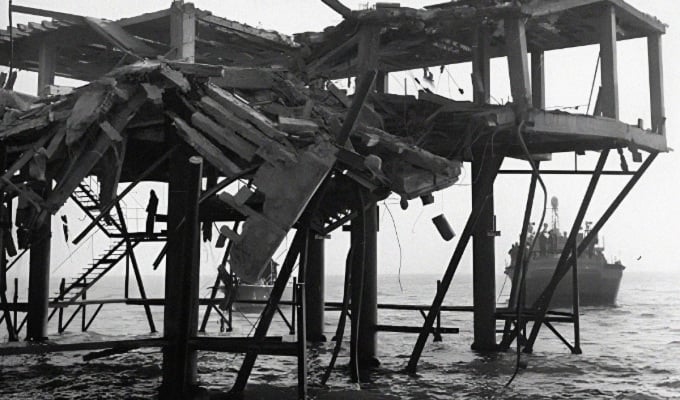
Rose Island after being blown up. Photo: Rose-Island
Rosa initially planned to add another floor to his island nation each construction season. However, Italian authorities were not happy with the unauthorized construction of Rose Island, especially after Rosa declared it an independent country. They ordered Rosa to stop the construction in 1966, claiming that the island was in an area ceded to the state energy company Eni.
Eventually, Italian authorities accused Rosa of profiting financially from tourism while evading state taxes. Just 55 days after declaring independence, the island of Rose was sealed off.
In February 1969, a group of Italian naval divers began to destroy the island, using explosives. However, the island was so well built that even explosives could not sink it. The demolition work was completed only after a storm swept through on February 26, 1969.
Thu Thao (According to Interesting Engineering )
Source link


![[Photo] "Exposing letters" in the flood center of Lang Son](https://vphoto.vietnam.vn/thumb/1200x675/vietnam/resource/IMAGE/2025/10/10/1760080117518_ndo_br_z7101324112737-07cd4d1c01801a8ccf4ae0cbaf31c4a3-507-jpg.webp)
![[Photo] Unique Phu Gia horse hat weaving craft](https://vphoto.vietnam.vn/thumb/1200x675/vietnam/resource/IMAGE/2025/10/10/1760084018320_ndo_br_01-jpg.webp)
![[Photo] Standing member of the Secretariat Tran Cam Tu works with the Standing Committee of the Party Committee of the Ministry of Health](https://vphoto.vietnam.vn/thumb/1200x675/vietnam/resource/IMAGE/2025/10/10/1760079818773_image-4-6972-jpg.webp)












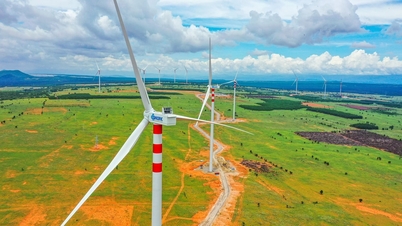









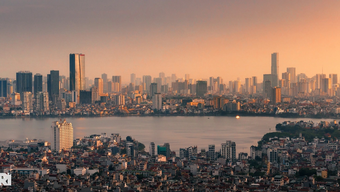

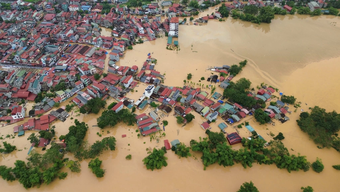








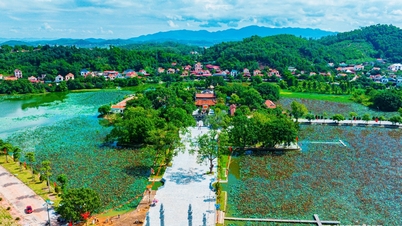


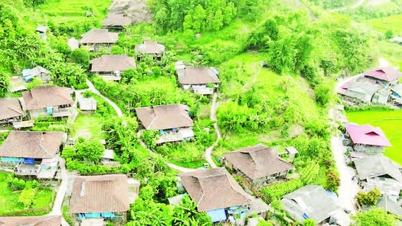

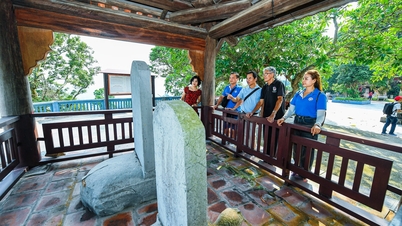
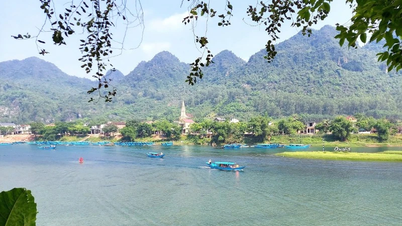























![[Photo] President Luong Cuong presents decisions on conferring titles and appointing Vietnamese Ambassadors](https://vphoto.vietnam.vn/thumb/402x226/vietnam/resource/IMAGE/2025/10/10/1760082105623_image-1.jpeg)




































Comment (0)